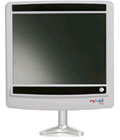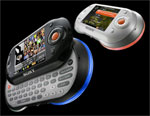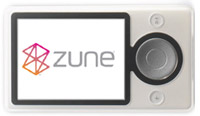More cleaner energy efforts, this time from BMW…
The cars are 7-Series sedans powered by 12-cylinder internal-combustion engines capable of burning gasoline or liquefied hydrogen.
BMW, which has been working on hydrogen fuel technology since 1978, will build and distribute about 100 of the vehicles for a variety of uses.
Users, who would not be charged for the cars, could include politicians, celebrities, drivers in corporate fleets and members of the public. Some would receive the cars for prolonged periods, others for short test drives.
General Motors Corp. and other big carmakers are working on fuel-cell vehicles that would use hydrogen in an electrochemical process to produce electricity to power a motor.
Ford Motor Co. and Japanese affiliate Mazda Motor Corp. also are working to develop internal-combustion engines that run on hydrogen.
[Source: LA Times]
I wonder if I’ll qualify to get one of those cars to test and play around with…
I mean wouldn’t they need some real world information from at least one person from the Africa and Middle East region, someone like me for example?
 French company
French company  Swedish company Tobii is about to release its
Swedish company Tobii is about to release its 
 A young Dutch architect has created a floating bed which hovers above the ground through magnetic force and comes with a price tag of 1.2 million euros ($1.54 million).
A young Dutch architect has created a floating bed which hovers above the ground through magnetic force and comes with a price tag of 1.2 million euros ($1.54 million).
 Almost 13 years of dominance in the desktop processors’ area ended yesterday for Intel
Almost 13 years of dominance in the desktop processors’ area ended yesterday for Intel After many rumours and leaked information and photos, Microsoft has finally confirmed the existence of Zune, its planned media player and iPod killer.
After many rumours and leaked information and photos, Microsoft has finally confirmed the existence of Zune, its planned media player and iPod killer.